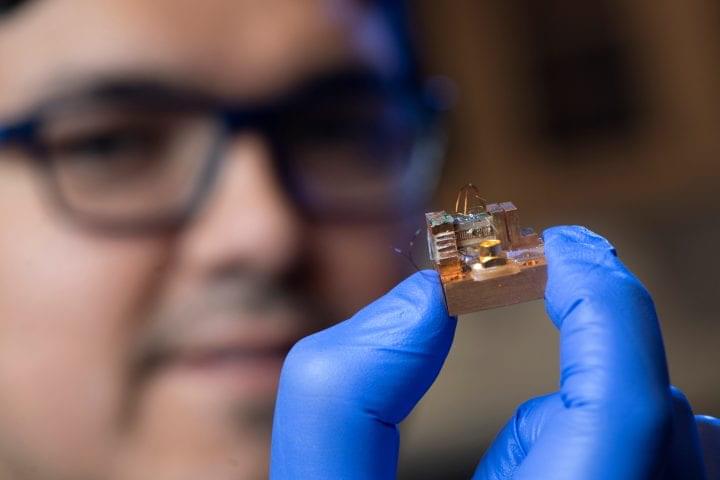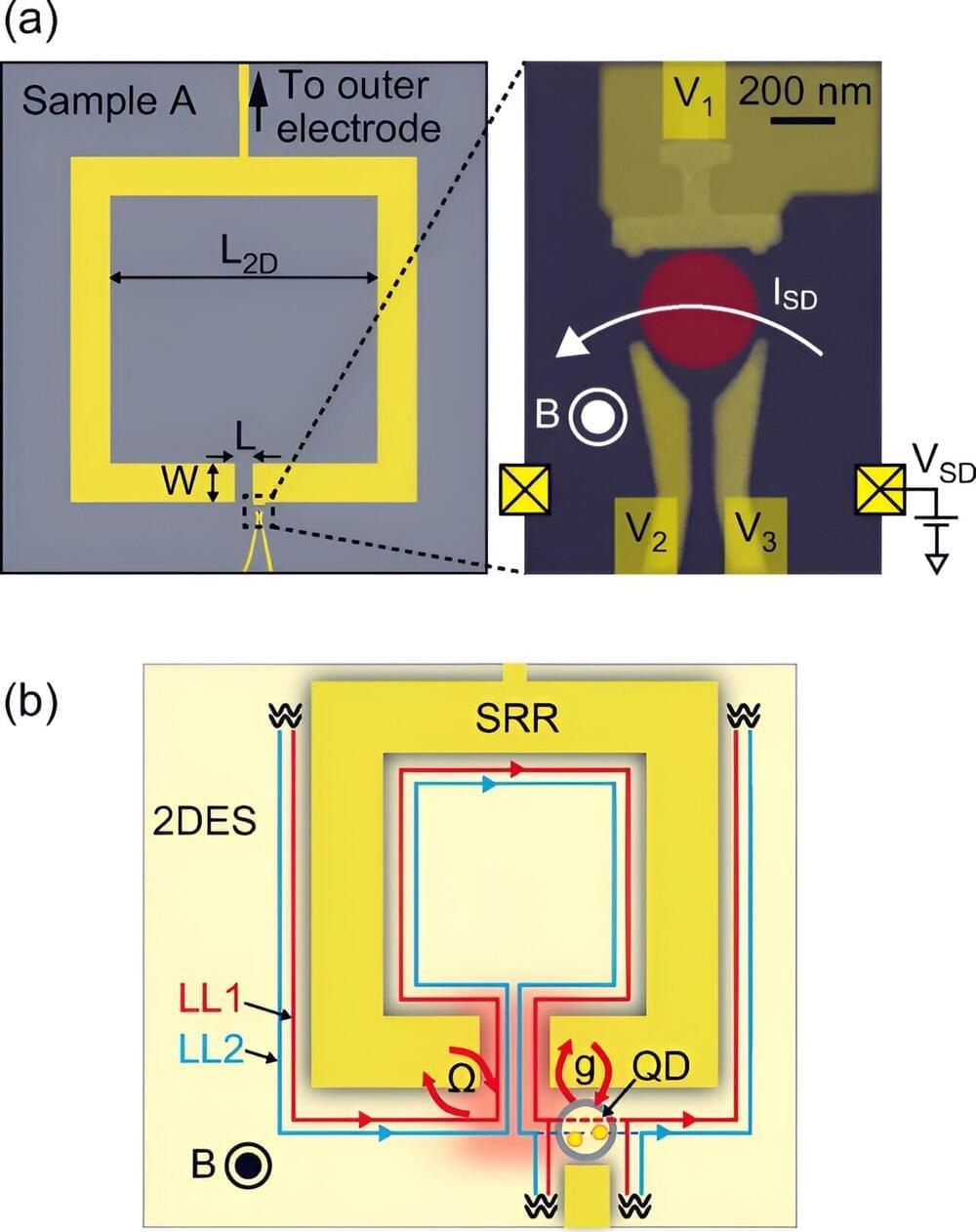A team of scientists from the University of Ottawa is offering insights into the mysteries of quantum entanglement. Their recent study, titled “Extending the known region of nonlocal boxes that collapse communication complexity” and published in Physical Review Letters (PRL), discloses that various theoretical quantum theory extensions are considered non-physical when tested against the principle of non-trivial communication complexity.
These quantum theory extensions can be symbolized by an array of nonlocal boxes, which are theoretical devices used to illustrate certain aspects of quantum entanglement and nonlocality.
The study was conducted by Anne Broadbent, a full professor and research chair at the University of Ottawa’s Department of Mathematics and Statistics, along with Pierre Botteron, a Ph.D. candidate from the University of Toulouse, France, who is also a visiting student researcher at the University of Ottawa, and Marc-Olivier Proulx, an MSc alumnus of the Department of Physics at the University of Ottawa.
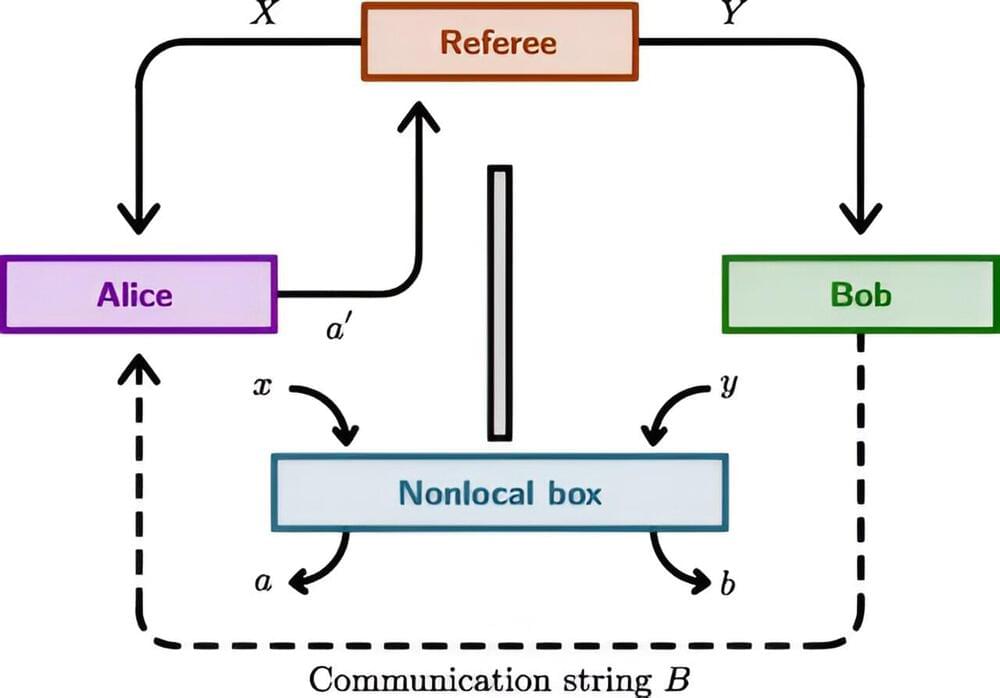
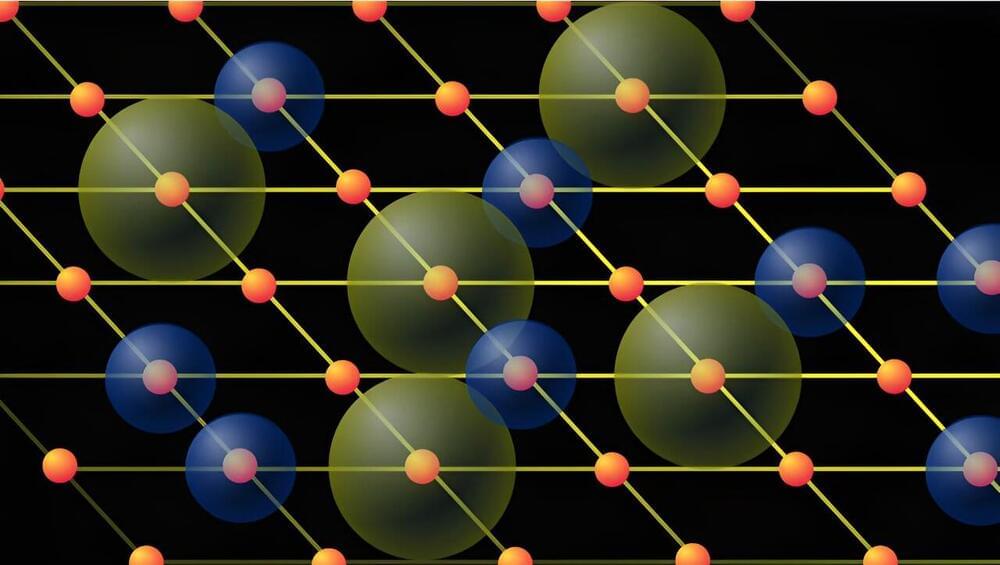
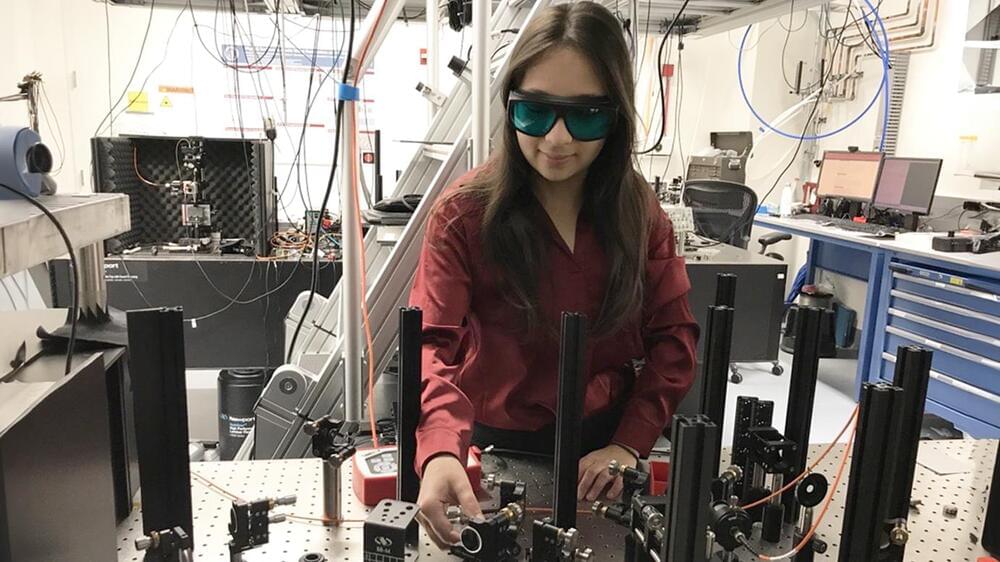
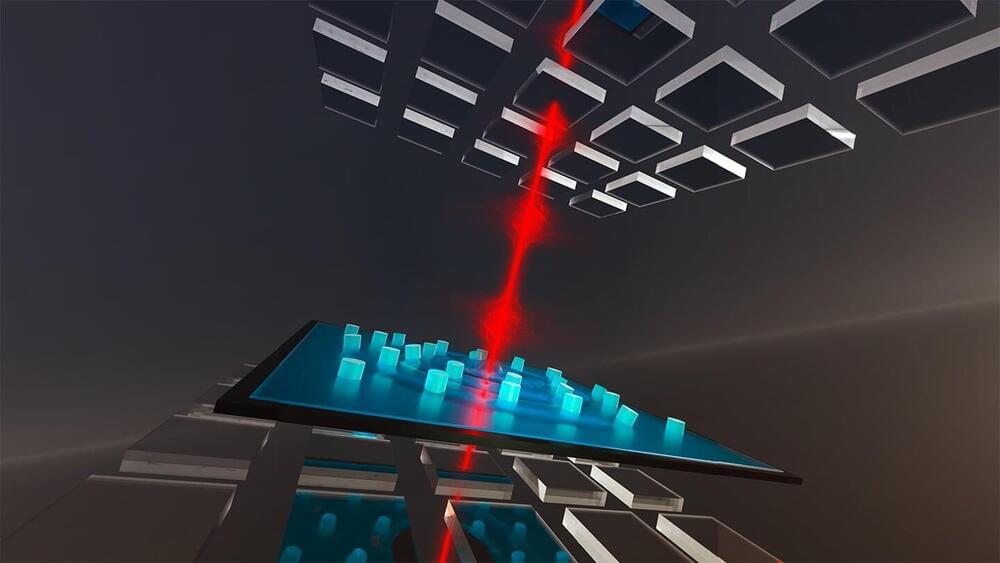

 עברית (Hebrew)
עברית (Hebrew)
